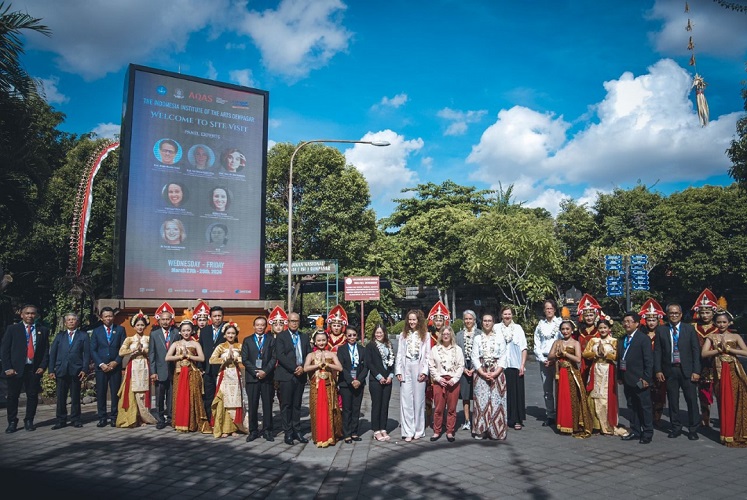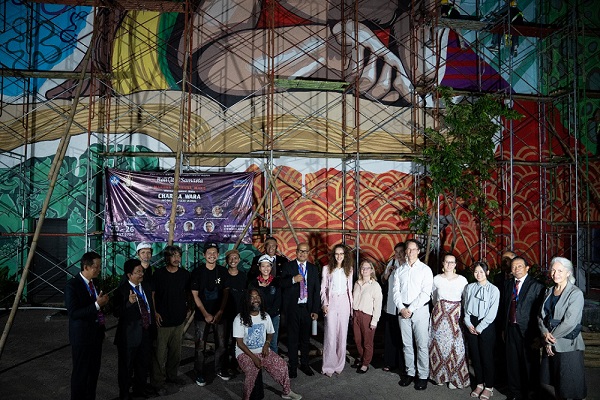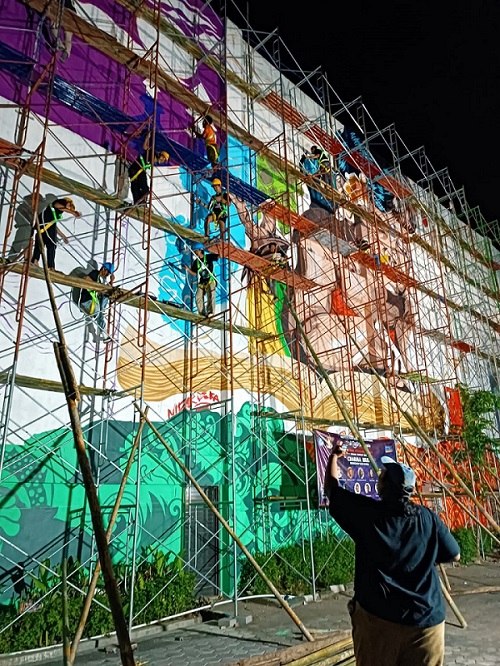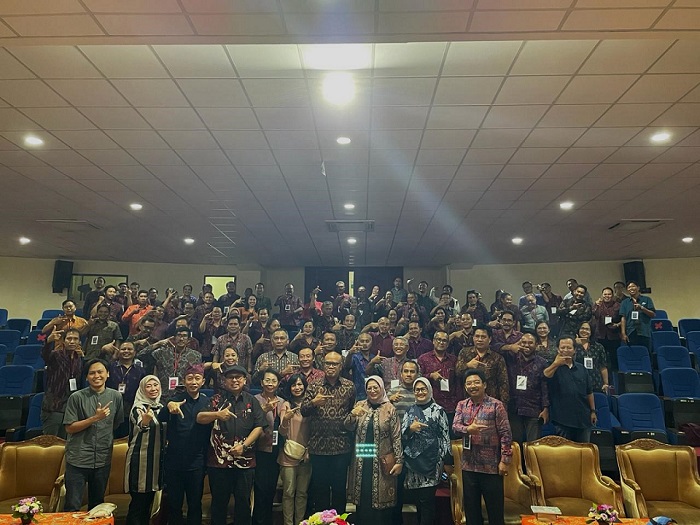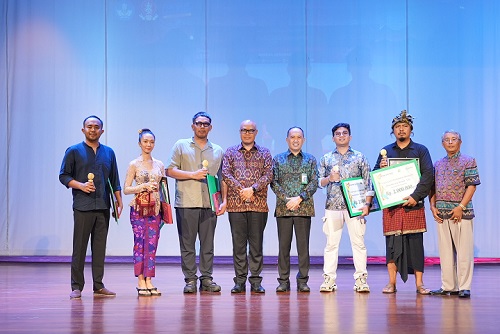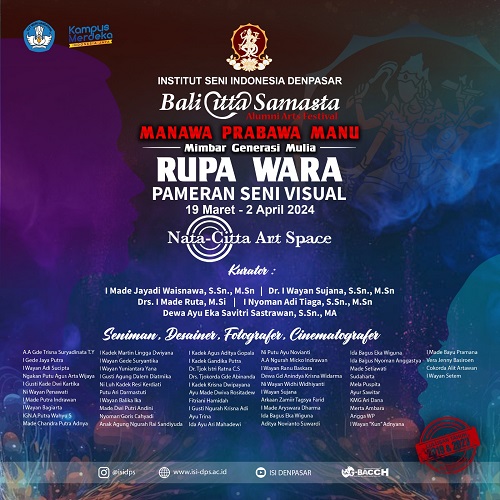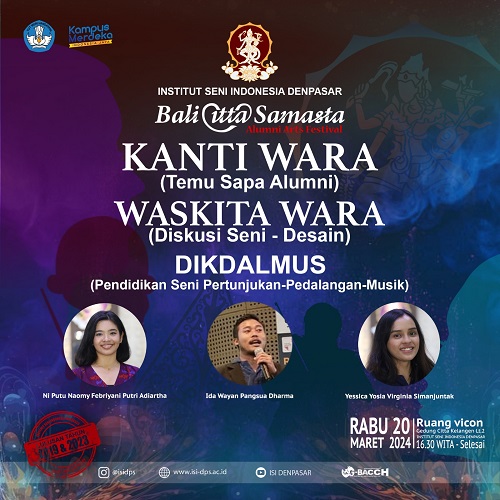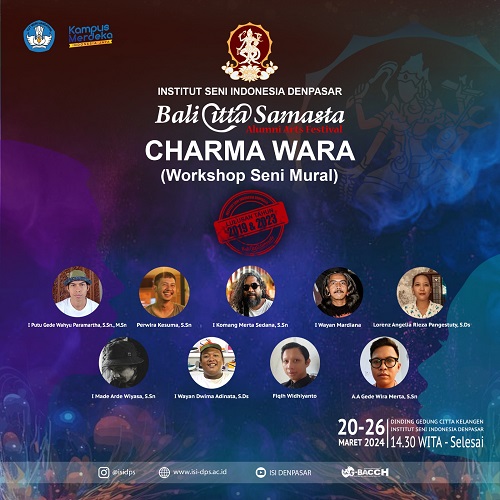By Haryanto
Siang people, like other Dayak ethnic groups, believe in the presence of life after death. After a person dies, his or her soul begins its travel to a place called rowulio, a kind of purgatory, before finally arriving at heaven. The soul has the same form and face as in its previous life, but cannot be seen by the living ones.
However, the soul can still have a relationship with the living ones, for example through dreams or if called up by a magician or medium named Basi (shaman). There are not only good and helpful souls, but also bad spirits called ontu or ghosts. The ontu usually lives in a big tree, river, grave or mountains. This ghost spirit frequently disturbs humans. When this occurs, the Siang people hold a ceremony, at which they always serve ritual food as an offering to it. The good soul, on the other hand, usually lives around the house before leaving for heaven or batang talla bulan (Siang language).
Despite their logical and critical thought, mythological thought still plays an important role for Dayak ethnic groups in general and Siang people in particular, specifically when facing some unexplainable occurrence whilst working on the farm, making a fence to protect their plants from animal attack, or in formulating traditional medicine to cure a disease and so on. If an undertaking fails, they attribute it to mythology, as they believe failure is a punishment or disturbance from surrounding spirits, and that such spirits must be paid with a worship ceremony, for example the belian ceremony.
The belian ceremony itself is currently under threat due to several issues. The younger generation are generally not interested in learning the music and continuing the tradition. The influence of Christianity is having a negative effect in that the religion forbids use of the ceremony as a means of cure. The associated introduction of Western pharmaceuticals to treat ailments has strongly influenced society, to the extent that many societal members favor their use over traditional medicine. There is a danger that the belian ceremony may become lost, and hence Siang society will also suffer the loss of the music associated with it, an aspect of the culture important to Siang identity.
I thus conducted a study to determine more about the belian ceremony from an ethnomusicological perspective. The purpose of this study was thus to describe the ethnography of the music of Siang society, which until now has remained unknown to outsiders. The goal of the study was based on the question: What do the Siang people think of the belian ceremony?
This research is related to earlier studies conducted on the music of the Dayak peoples, which were undertaken in East Kalimantan (1994-1995 – under the guidance of Prof Takashi Shimeda). The study reported here was undertaken in Central Kalimantan (Tanah Siang district) by myself as a sole researcher. In conducting the research, I obtained data from society members by observation, participation and from institutions of the Tanah Siang sub-district government, in addition to undertaking bibliographic research to supplement the data. Data obtained from the society were collected by interview with basi, the Head of traditional custom, the Head of the Kaharingan religion, kandan singers, a society pioneer, parents and youths. I also documented some photos and cassette recordings.


